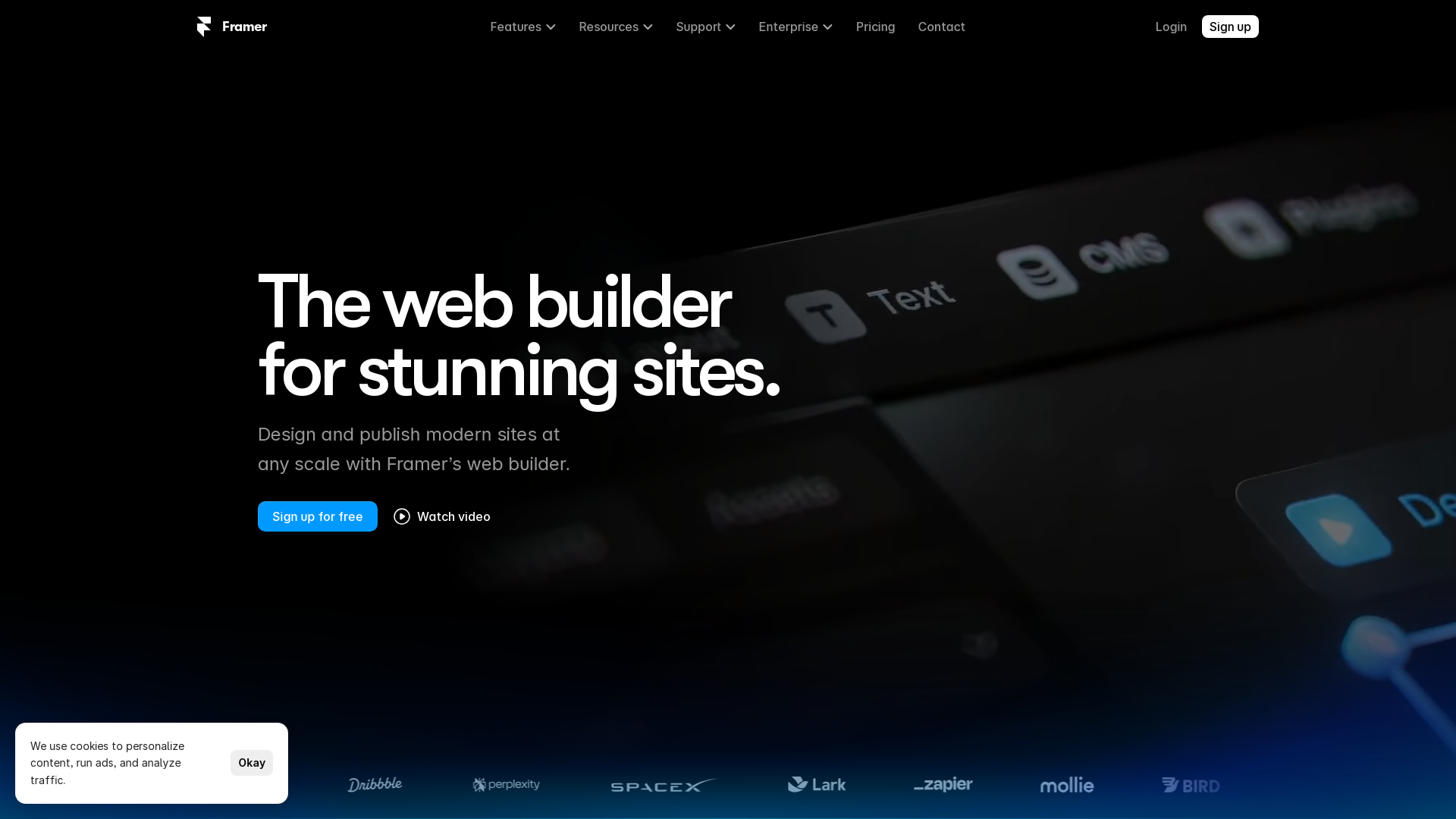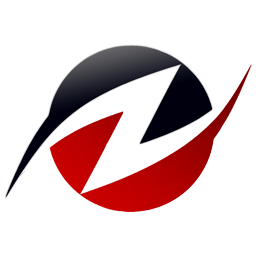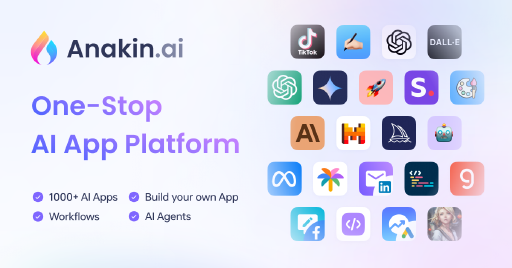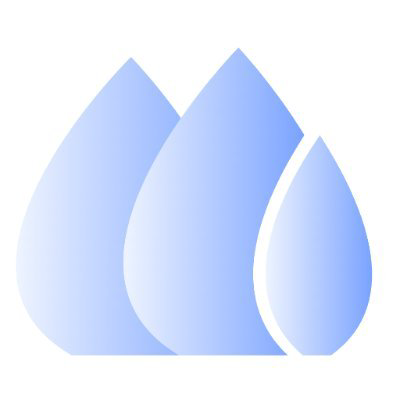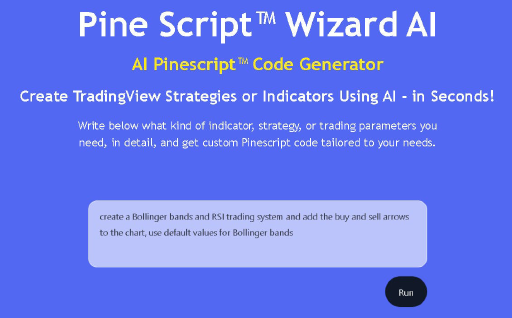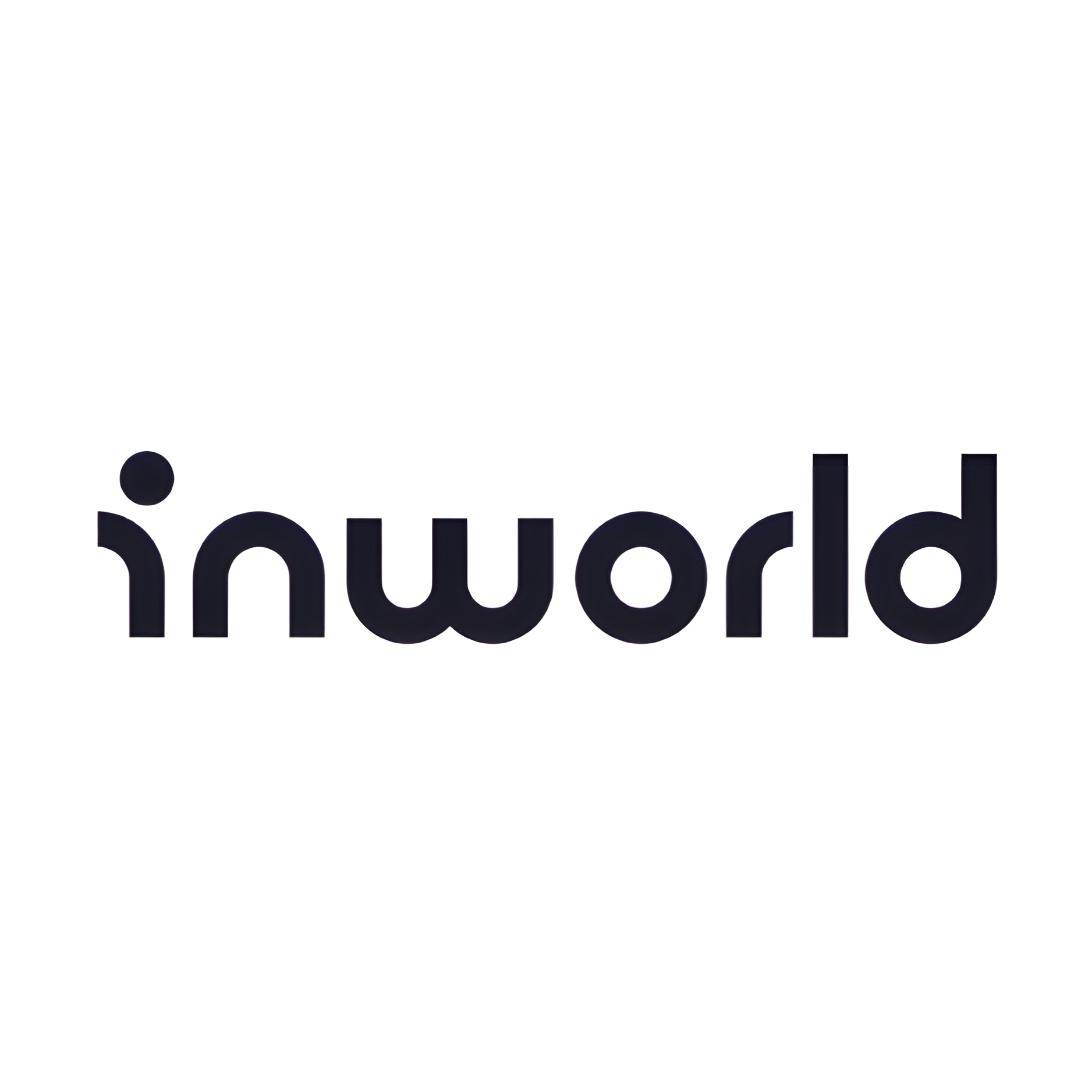Overview
Framer is a dynamic, no-code platform designed for building interactive and visually stunning websites effortlessly. Ideal for both novices and seasoned designers, Framer features a user-friendly drag-and-drop interface that simplifies the web design process. It includes comprehensive tools such as built-in vector editing, which allows for intricate graphic design directly within the platform, and responsive design capabilities, ensuring websites look great on any device.
One of Framer's standout features is its ability to integrate with popular design software like Figma. This integration enables designers to import their Figma projects into Framer, where they can enhance their designs with advanced animations, transitions, and interactive elements, adding a layer of sophistication and engagement to web experiences.
Real-time collaboration is another key feature, facilitating teamwork by allowing multiple users to work on a project simultaneously. Whether you're a hobbyist or a professional, Framer offers various pricing plans to suit different needs, including a free tier and premium options that support custom domains and e-commerce functionalities. This makes Framer a versatile choice for anyone looking to create high-quality, functional, and adaptive websites with ease.
Key features
- Drag-and-drop interface: Enables easy layout adjustments and element placement without coding, making it user-friendly for beginners and professionals alike.
- Vector editing tools: Built-in capabilities allow users to create and edit vector graphics directly within the platform, enhancing design flexibility and precision.
- Real-time collaboration: Multiple users can work on the same project simultaneously, facilitating teamwork and speeding up the design process.
- Responsive design features: Offers tools to ensure websites look great on all devices, automatically adjusting layouts to fit different screen sizes.
- Integration with Figma: Allows designers to import their Figma projects into Framer, streamlining workflow and expanding creative possibilities.
- Advanced animations and transitions: Supports the creation of engaging and interactive elements, elevating the user experience on websites designed with Framer.
 Pros
Pros
- Extensive component library: Offers a vast library of pre-built components that can be customized, speeding up the design process and ensuring consistency across projects.
- Interactive prototyping: Enables designers to create fully interactive prototypes that mimic final applications, providing a realistic user experience for testing and feedback.
- Code export functionality: Allows users to export their designs into clean, usable code, which can be directly implemented by development teams, reducing development time.
- Plugin ecosystem: Supports a wide range of plugins that extend functionality, offering tools for accessibility, design systems, and more, tailored to user needs.
- Comprehensive learning resources: Provides extensive tutorials, documentation, and community forums that help users learn and master the platform efficiently.
 Cons
Cons
- Steep learning curve: Despite its user-friendly interface, the advanced features can be overwhelming for beginners, requiring time to master.
- Limited template variety: Framer offers fewer pre-designed templates compared to other platforms, which may limit options for quick project setups.
- Performance issues: High-detail projects with complex animations may experience lag or slow performance, especially on less powerful devices.
- Browser dependency: Being primarily web-based, Framer's performance and accessibility can be heavily dependent on internet quality and browser compatibility.
- Restricted offline access: Users need consistent internet access to fully utilize all features, as offline capabilities are limited.


